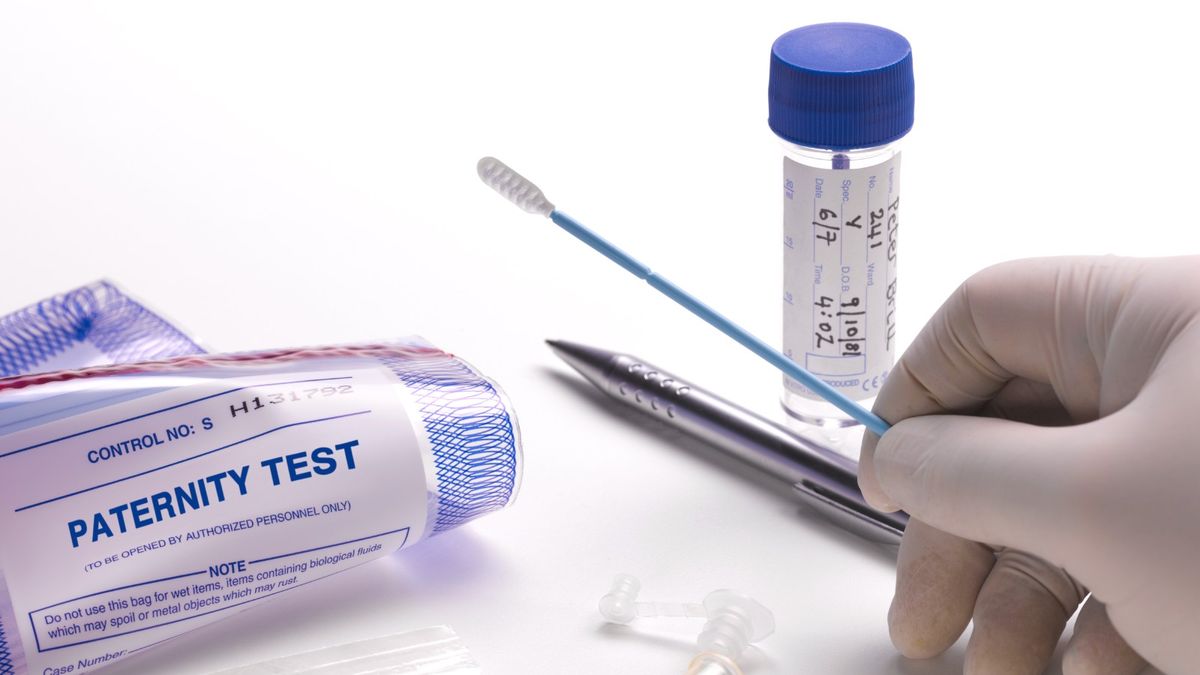A More Affordable Way to Confirm a Child’s Father Without DNA Testing

While a DNA test is the most accurate way to confirm paternity, it can be expensive and emotionally overwhelming, especially if trust and resources are limited.....CONTINUE READING THE FULL STORY HERE
For families or individuals seeking cheaper or simpler ways to gain some assurance before going for a formal test, a few non-scientific but suggestive approaches exist though they aren’t 100% reliable.
One of the most common methods is observing physical traits. You might notice that the child shares striking similarities with the alleged father like the shape of the eyes, dimples, skin tone, hair texture, or even facial structure.
While genetics can be surprising and even skip generations, these visible traits sometimes offer clues.
Another approach is to look into blood types. If the mother knows her blood type and that of the alleged father, you can compare it to the child’s. While not conclusive like DNA, certain combinations can rule out paternity.
Also, consider family medical history or inherited conditions some rare traits (like sickle cell) can help point toward or away from a biological connection.
However, it’s important to remember: only DNA can give 100% certainty. These methods are more about peace of mind, not legal proof.
